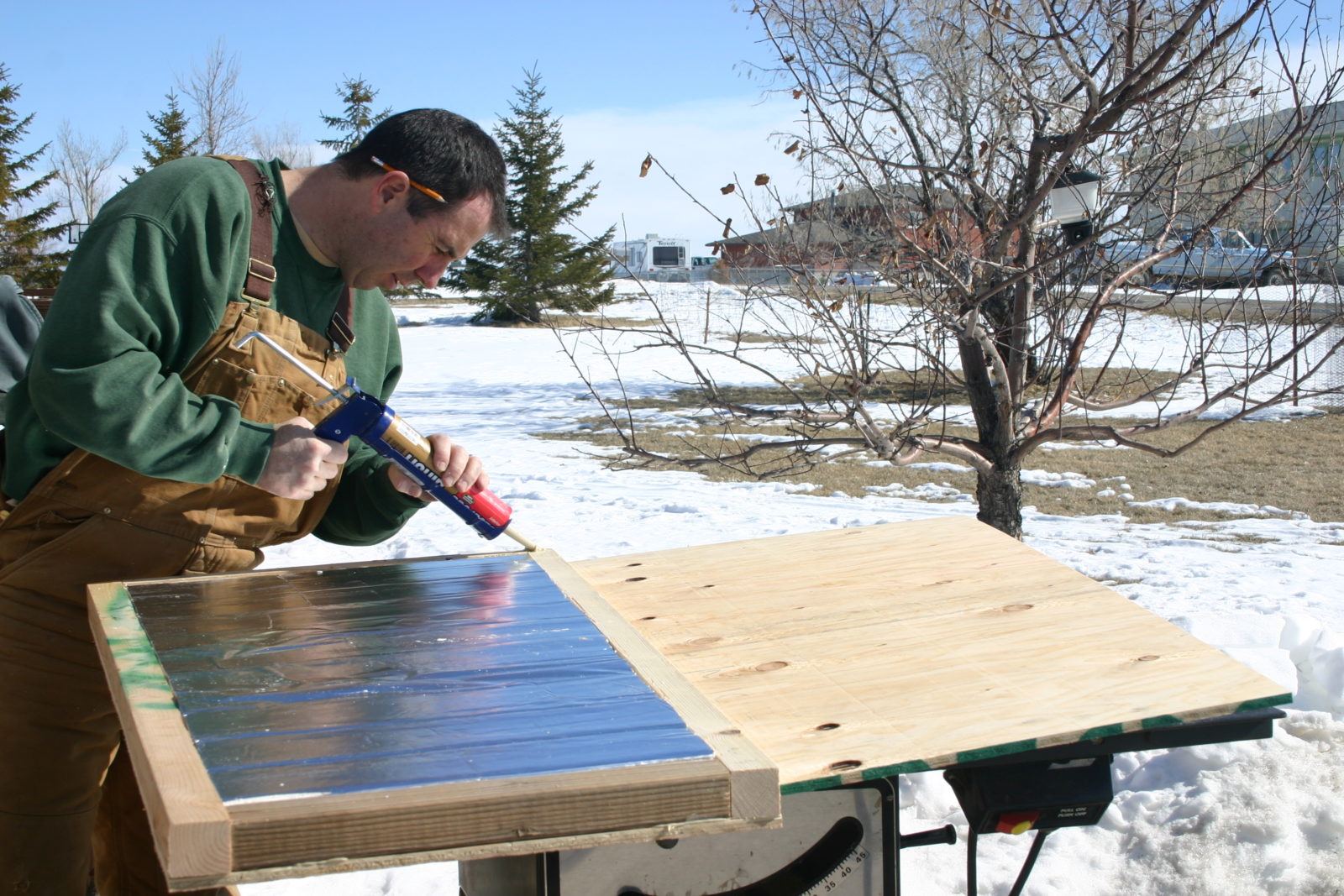Bringing in The Hose
There are certain items we use throughout the summer that fall into the “support” category. These are the things we reach for constantly, the workhorses of the garden. Because of the location of my outdoor spigots and the size of my garden, I have a few hundred feet of hose. Bringing in the hose can be a conundrum in a year such as this. There are potted plants that are still blooming and therefore need an occasional drink of water. But leaving the hoses out in mid-November leads us down a slippery slope, not to mention a major tripping hazard.
When the trees dump their leaves in earnest, they hide a potential danger that lurks beneath them. These dangers include hose guides, elevation changes, and hoses. One year I had to shuffle through a six-inch layer of leaves in order to find where I’d neatly coiled 200 feet of hose in preparation for bringing it inside. I’d wisely wound it up after detaching it from the spigot, but was too tired to bring it in after wrestling it into submission on a cold morning that turned the pliable rubber into an unyielding, inflexible pipe.
In case you’re thinking of leaving the hose attached to the outdoor spigot through the winter months, don’t. While I always knew it was a bad thing to leave a hose attached in winter, I never knew why until I saw this video that explains it. It boils down to ice, and once it begins to form inside the hose, pressure builds, and the ice has nowhere to go, causing it to possibly crack a part of the indoor piping, flooding your basement or crawl space.
Cutting Requires Heavy-Duty Shears
Cutting a whole garden full of plants down is a tough job. “It’s a good thing it’s cold out,” I told myself as I gathered my sharpest shears. I kept my hand pruners on stand-by and went for the Fiskars long-handled hedge shears. When choosing a pair of shears, I go for lightweight, and start with the long-handled shears just to cut things down to a size I can manage. For some plants, like ornamental grass iris foliage, and most annuals, it’s all you need.
My cutting arsenal wouldn’t be complete without Bacho Long-handled Lawn Shears. These are the ones that come in for the close-to-the-ground cuts—peony stems, and anything with an upright demeanor. The handles on these shears are long enough to clip without bending, which makes them a back-saver.
For thicker branches, I love the Radius Pro Loppers (//radiusgarden.com/collections/cutting-tools/products/pro-lopper?variant=10824626753). They’re light in weight and make precise cuts close to the main stems of woody plants. And speaking of woody plants, don’t forget to wait until very late winter (between January and March) before pruning trees and shrubs. If you prune these plants too early in the fall, there is a chance they’ll form new growth that can be frozen. Besides, it’s really a lot easier to see what you’re doing once the leaves are gone.








